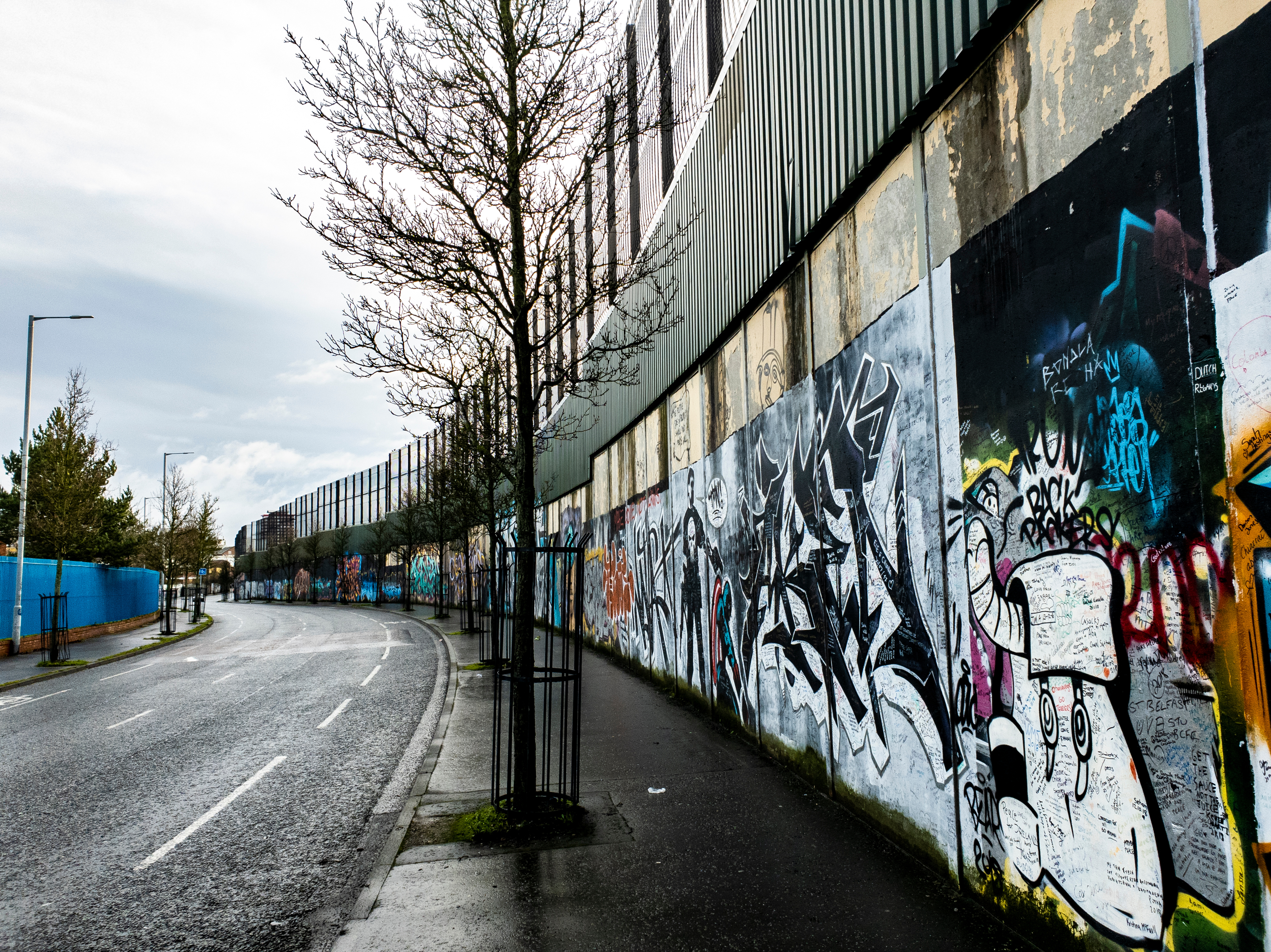By Niamh McDermott
By Cavern Images, Adobe Stock
On the 17th June, I went to Belfast. Belfast is a city with a deep history; from the birthplace of the Titanic to its more tragic part in the Troubles. The Troubles is a name given to the events that happened in Northern Ireland from the 1960s to 90s. This was as a result of the tension between the Protestant Loyalists who thought they were part of Britain and the Catholic Republicans who wanted to be a part of the Republic of Ireland. During the Troubles many lives were lost on both sides due to bombings and shootings. Although the Good Friday agreement on the 10th April 1998 is seen to be the end of the Troubles there is still a clear tension between the two sides.
Recently the Good Friday agreement has celebrated its 25th anniversary. Strand 3 of the Belfast Agreement (also known as the Good Friday Agreement) states “A British-Irish Council (BIC) will be established under a new British-Irish Agreement to promote the harmonious and mutually beneficial development of the totality of relationships among the peoples of these islands”. This means that, today, there is much less fighting. However, the tension and beliefs of the people in Northern Ireland are still quite similar as to what they were during the Troubles.
When I was in Belfast, it was impossible not to notice the clear divide still between the Loyalist and Republican areas. On the train up from Dublin, looking out of the window, you would see when passing through these different areas: the Loyalist areas with Union Jacks flying; and the Republican areas with the tricolour. Once in the city, it was less prevalent with the main tourist attraction of the Titanic museum being a neutral spot. At the Titanic museum, I walked around where the Titanic was built, and saw the outline of where it would have been. The museum itself is a great tourist attraction and really brings the Titanic to life. This shows how if you were a tourist and didn’t know about the history of Belfast you would not realise the past and present tension.
Whilst in Belfast I had wanted to visit C.S.Lewis square. C.S.Lewis is the author who wrote the Chronicles of Narnia and he was from Belfast. Driving to the square, I noticed lots of Union Jack flags, and pictures of Queen Elizabeth II and King Charles III, thinking that once we got to C.S Lewis square the area would be more neutral as it was a tourist attraction and he wasn’t strictly Catholic or Protestant. However we turned onto the road that the square was on and were met with more Union Jacks and a banner for East Belfast UVF. It turns out that later that day there would be a parade for the East Belfast Battalion Memorial.
Even though it has been 25 years since the Good Friday Agreement and the end of the Troubles, the feeling of animosity is still very present in Northern Ireland. However, there are many charities that are helping to unite Catholics and Protestants in Northern Ireland. An example of this is PeacePlayers. On their website they state “PeacePlayers helps 2,000 youth each year challenge religious divisions, prejudice and sectarianism through sport. The vision of PeacePlayers is inspired and confident children and young people building positive relationships and promoting sustainable peace in Northern Ireland”.
Although many generations who have grown up during the Troubles still have hostility for the ‘other side’ the younger generations are working towards a more united future, learning from the past and accepting differences.
